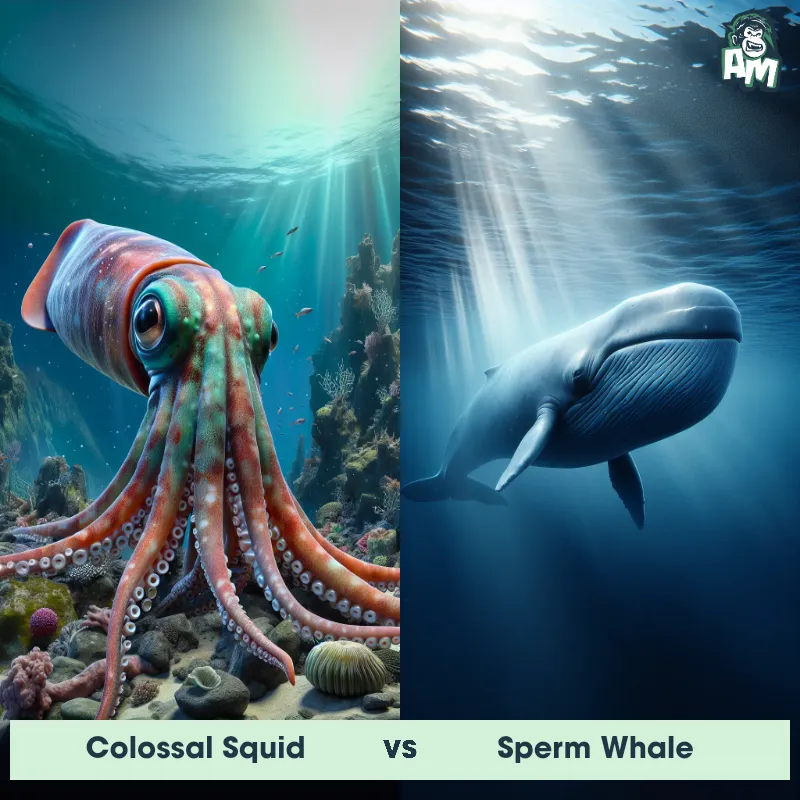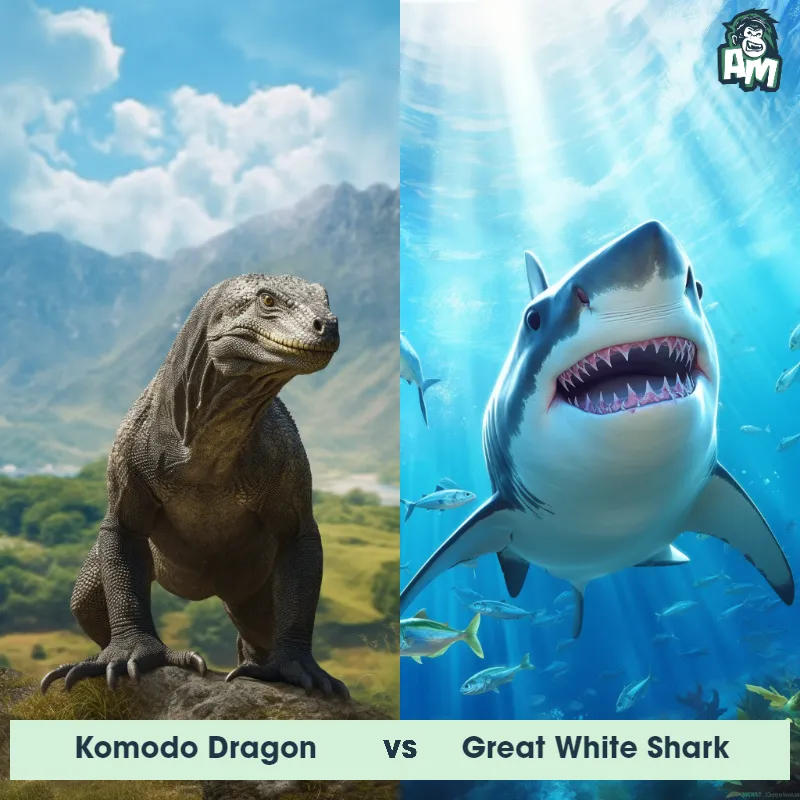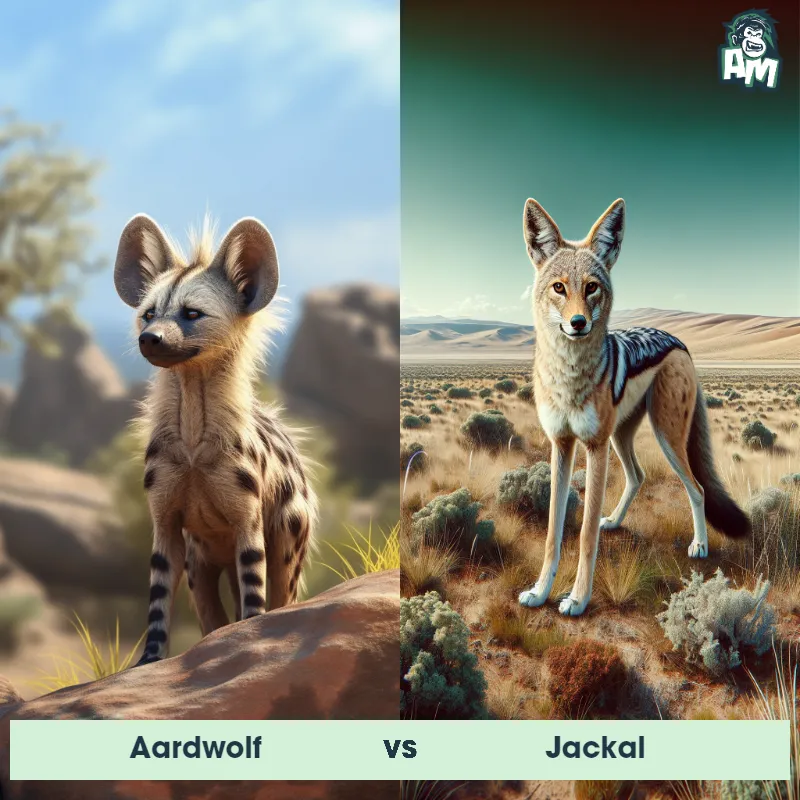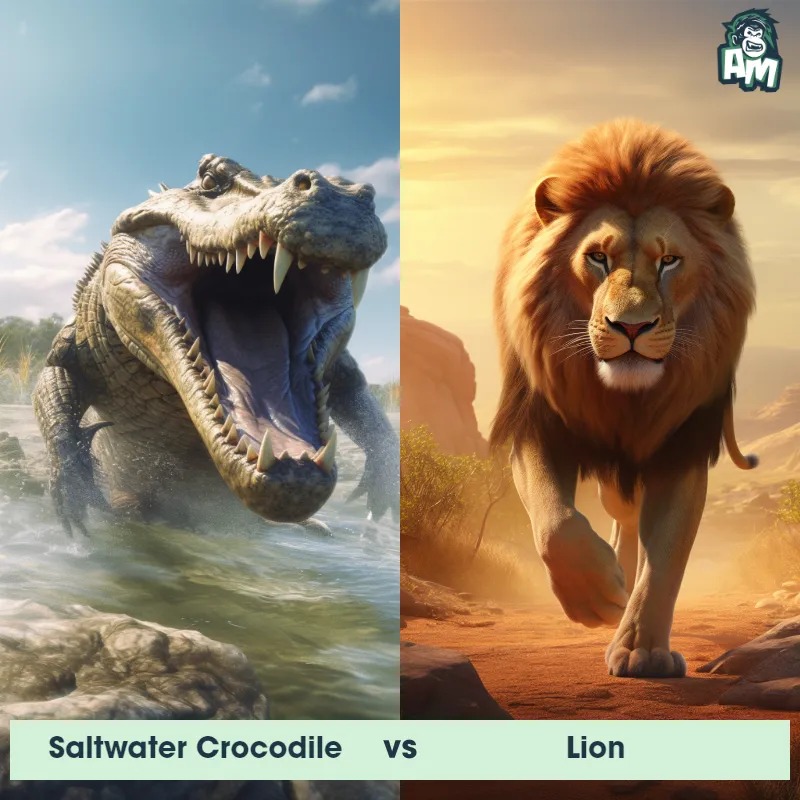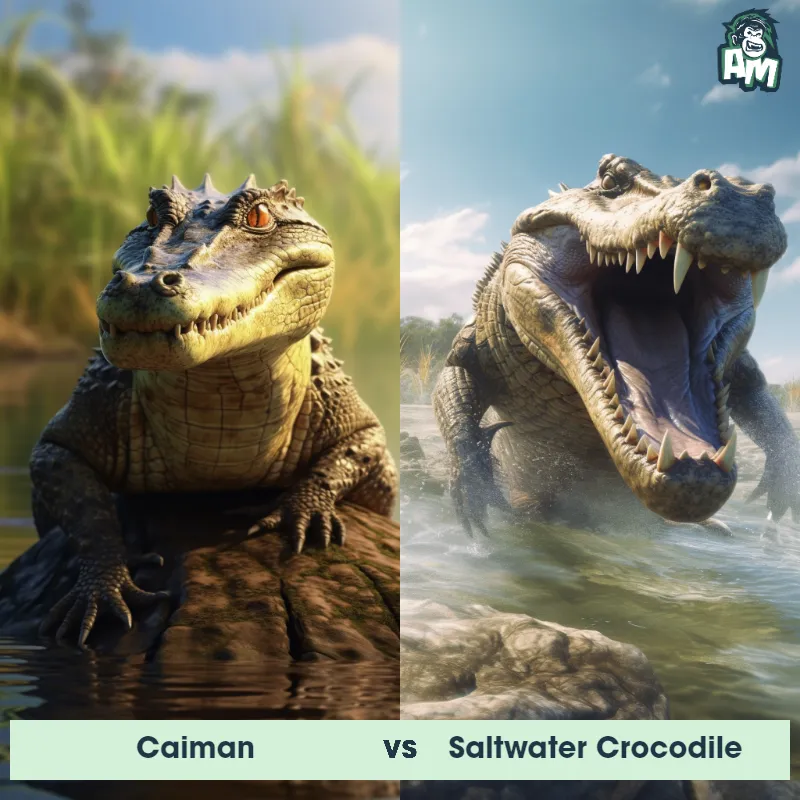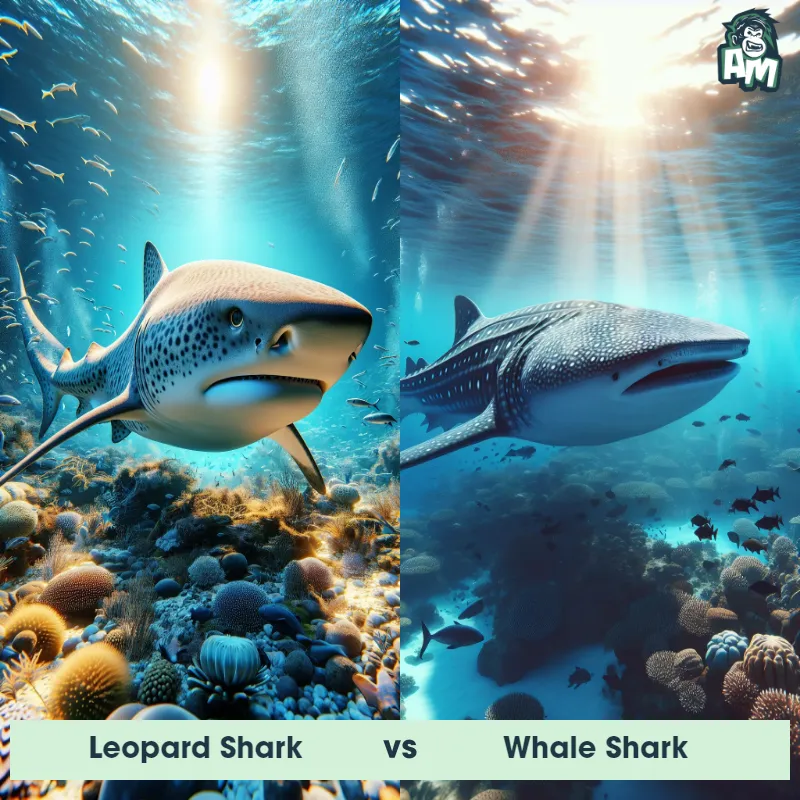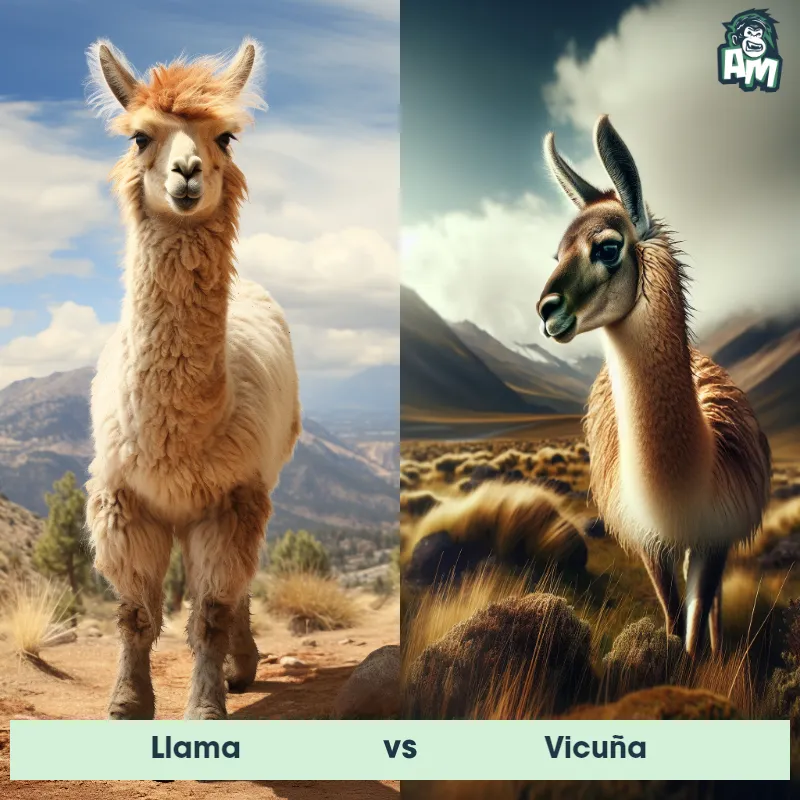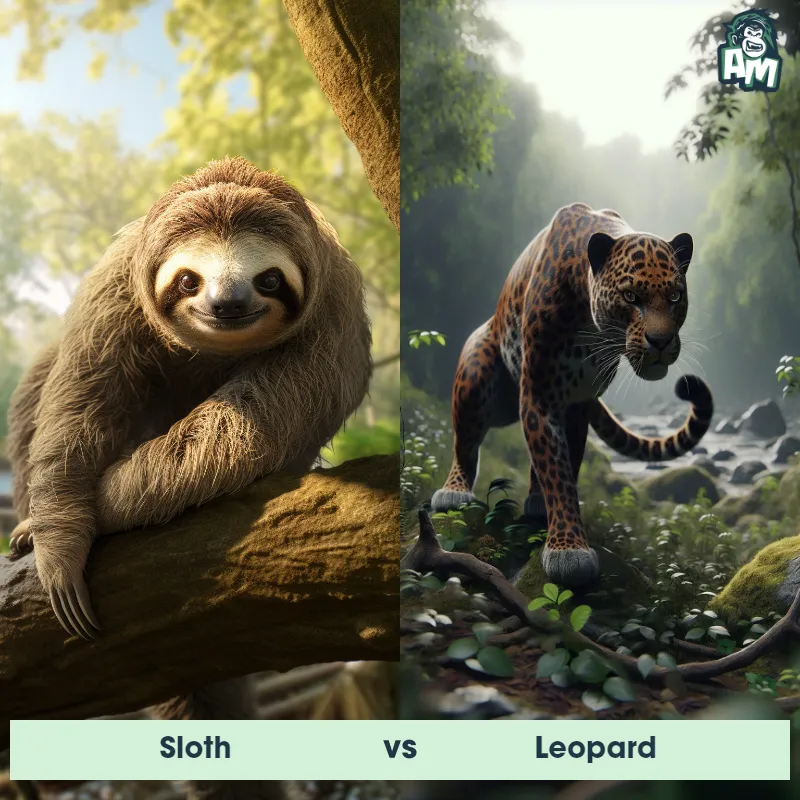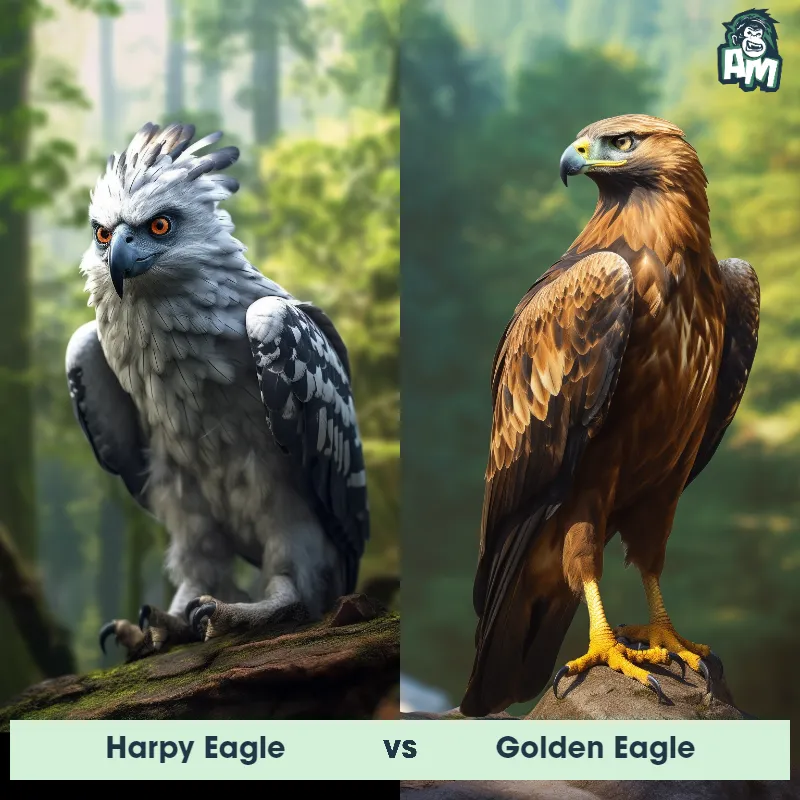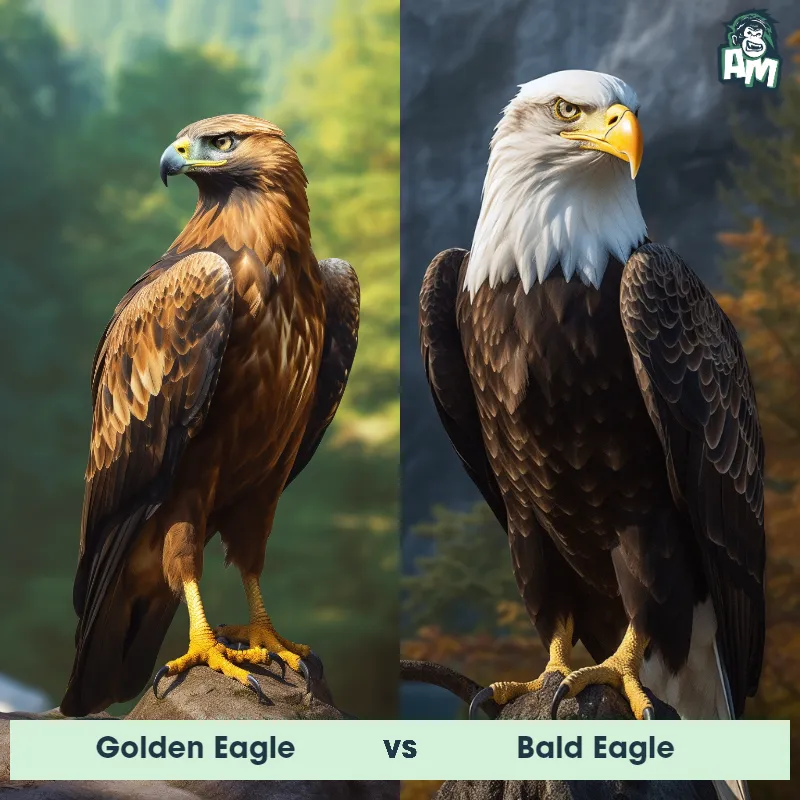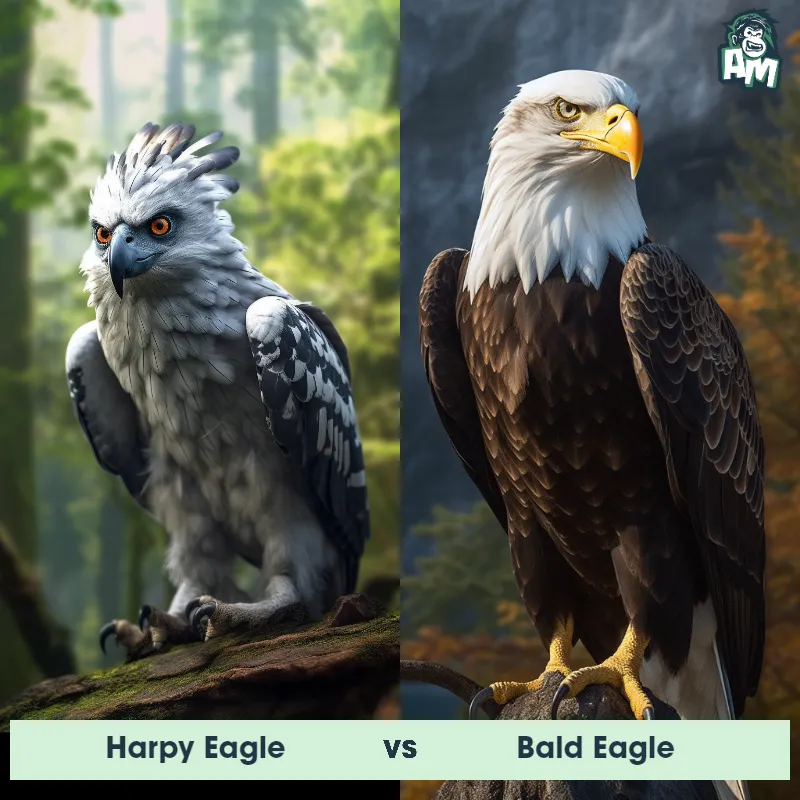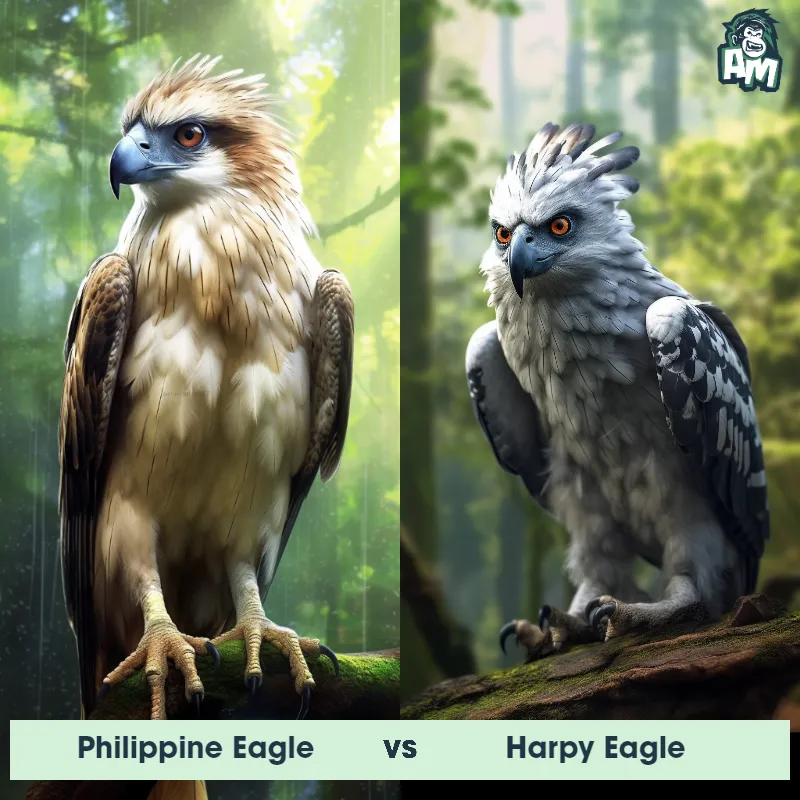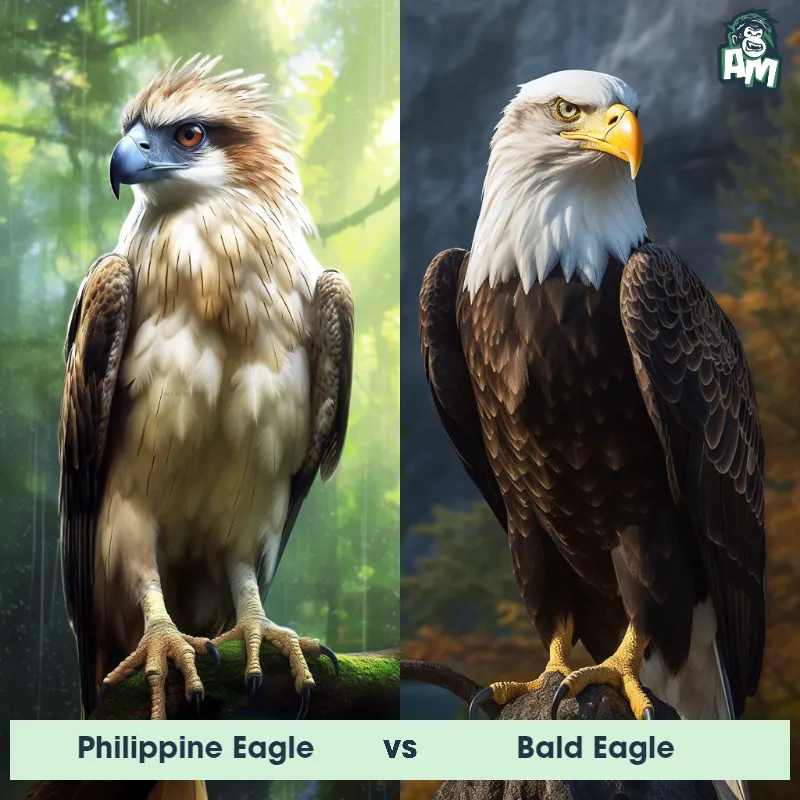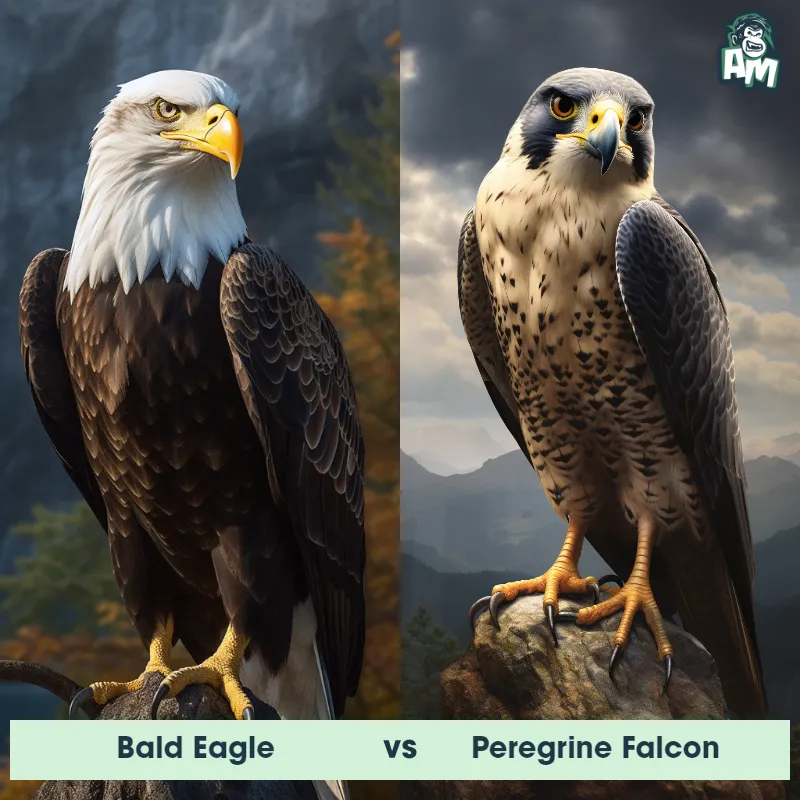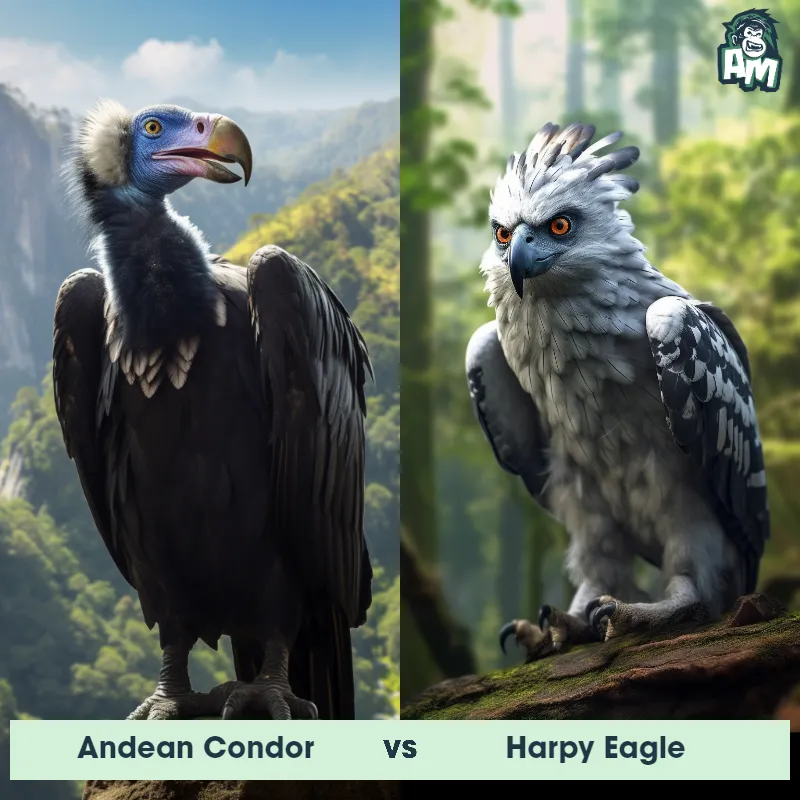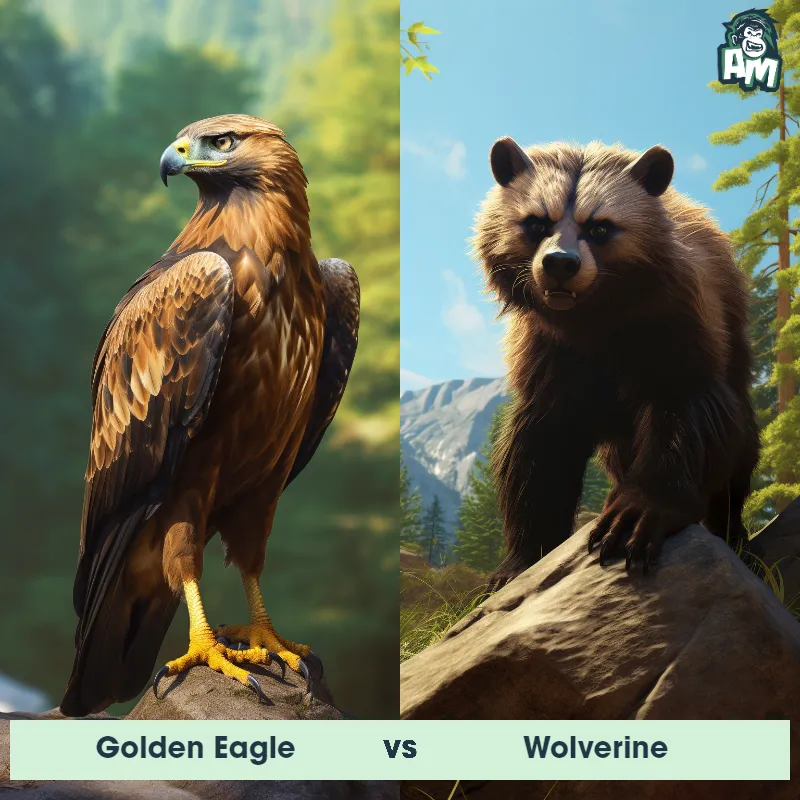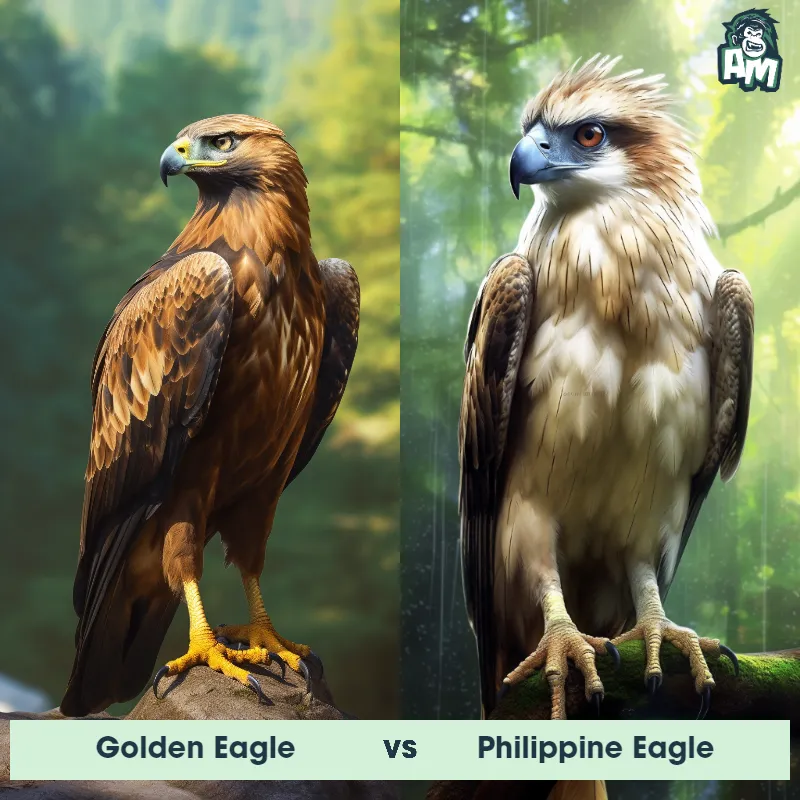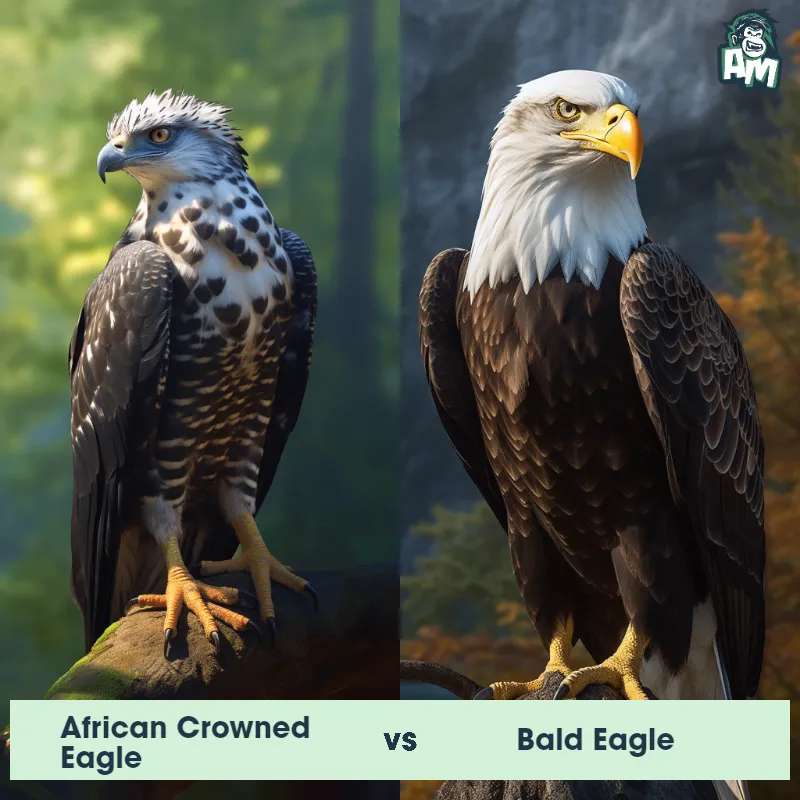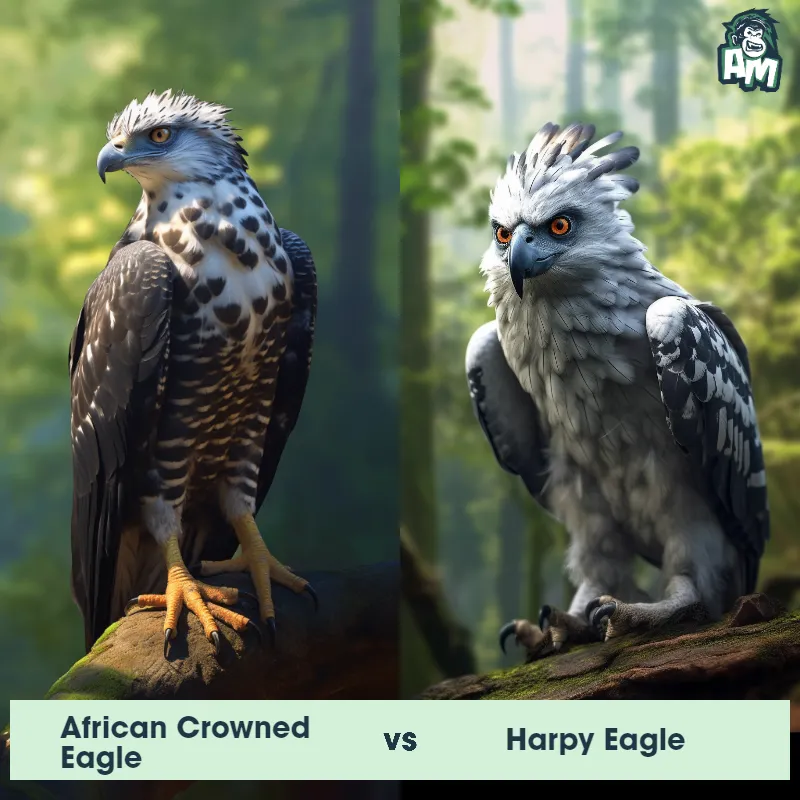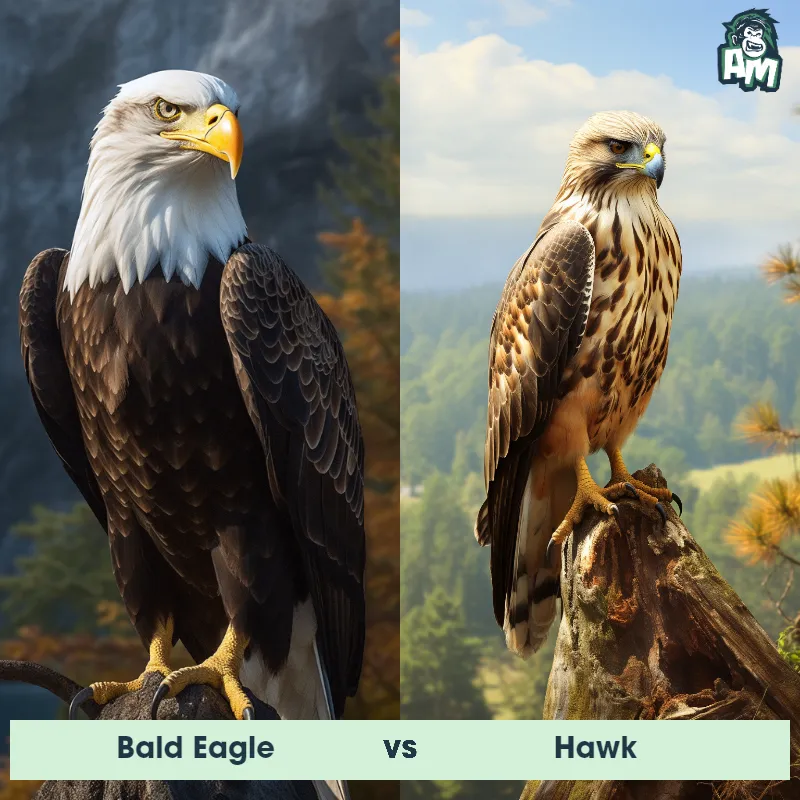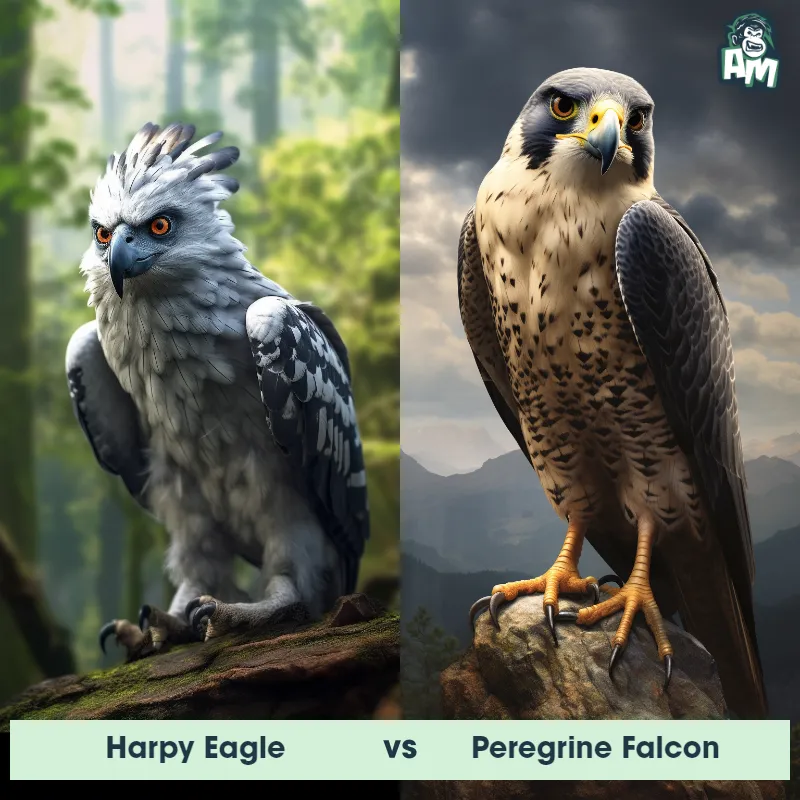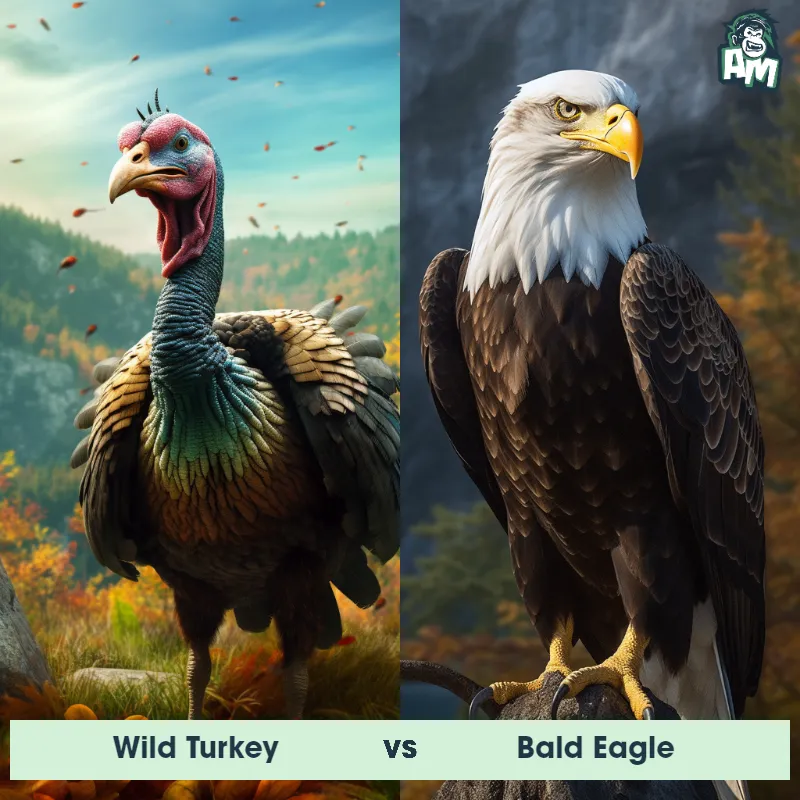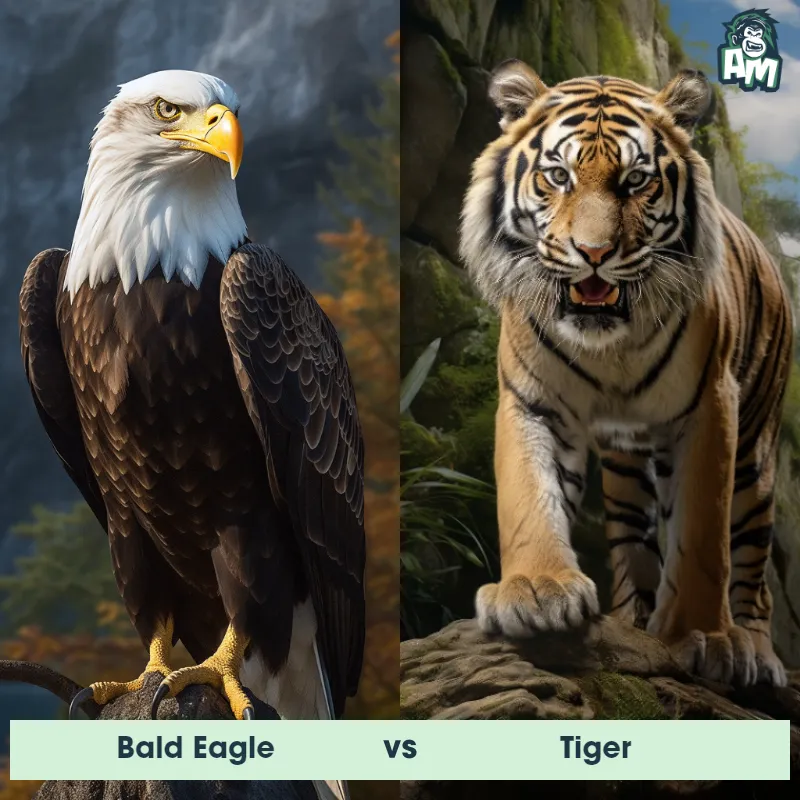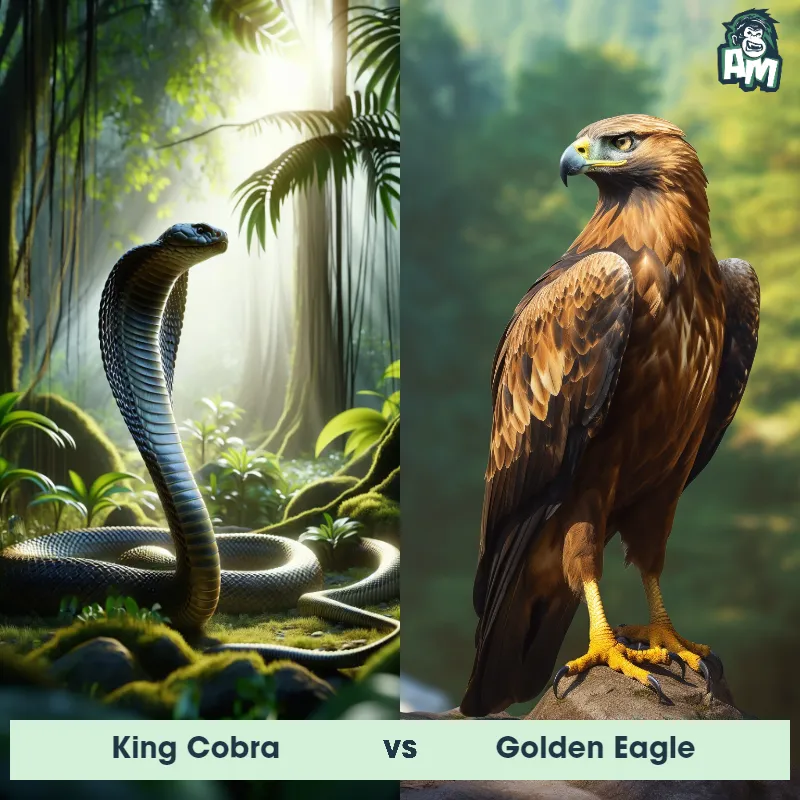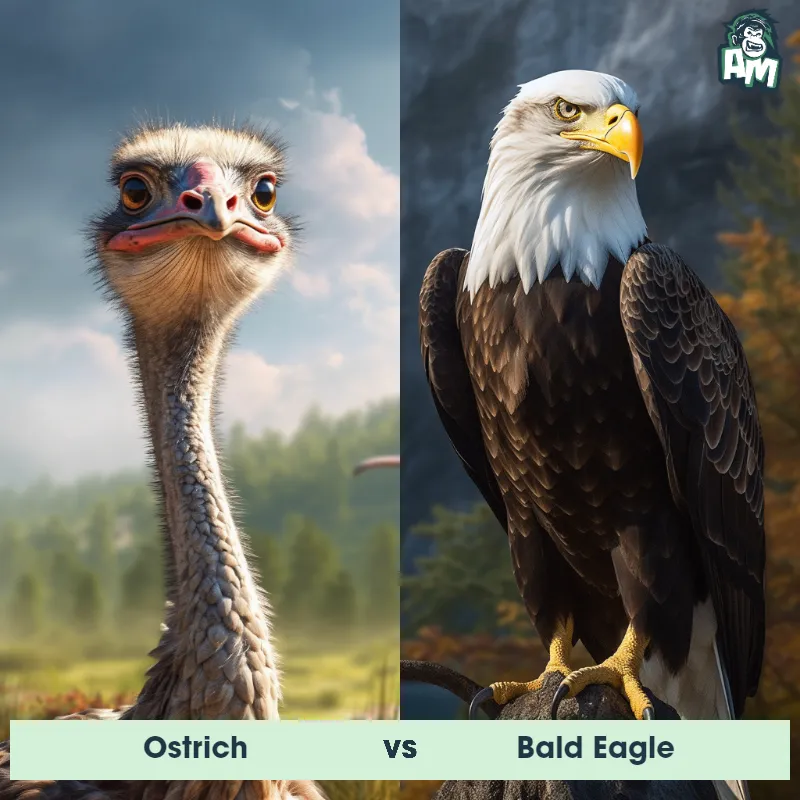Hooded Vulture vs Lappet-Faced VultureSee Who Wins

Welcome, ladies and gentlemen, to this exciting matchup between the Hooded Vulture and the Lappet-Faced Vulture. Both of these birds are known for their impressive aerial abilities and fierce hunting instincts. It's going to be a thrilling battle of the skies here tonight!
Contender 1: Hooded Vulture
The Hooded Vulture, scientifically known as Necrosyrtes monachus, is a medium-sized bird of prey found in sub-Saharan Africa. It has a distinctive appearance with a black plumage covering its body, a featherless, wrinkled head, and a prominent, hooked beak. These vultures have a wingspan of about 150-160 cm and weigh around 1.2 to 2.6 kg. Hooded Vultures play a crucial role in the ecosystem as scavengers, feeding mainly on carrion. They are known for their exceptional eyesight and their ability to detect decaying flesh from high altitudes.
Fun Fact: A fascinating fact about the Hooded Vulture is that it is remarkably social, often gathering in large groups to feed on a carcass. These groups, known as wakes, can consist of hundreds of vultures and attract other scavengers like hyenas and jackals, creating a competitive feeding frenzy.
Contender 2: Lappet-Faced Vulture
The Lappet-Faced Vulture, also known as the Nubian Vulture, is a large bird of prey found in Africa. It has a wingspan of up to 2.9 meters and can weigh up to 9 kilograms. Its most distinctive feature is the fleshy lappets on its neck, which help to regulate its body temperature. The Lappet-Faced Vulture is a scavenger and feeds on carrion, often competing with other vultures for food.
Fun Fact: The Lappet-Faced Vulture has a powerful beak that can tear through tough animal hides and tendons, making it an important scavenger in the African ecosystem.
Matchup Stats
| Hooded Vulture | Lappet-Faced Vulture | |
|---|---|---|
| Size | Approximately 150-160 cm (wingspan) | Up to 1.2 meters (4 feet) in length |
| Weight | 1.2 to 2.6 kg | Up to 9 kilograms (20 pounds) |
| Speed | 60mph (97km/h) | Speed: 50 mph (80.5 km/hr) |
| Key Strength | Unknown | Powerful beak for tearing through tough animal hides and tendons |
| Biggest Weakness | Unknown | None specified |
Current Votes
Hooded Vulture vs Lappet-Faced Vulture
See Who Wins
View More Matches
Looking For More?
Similar Matches
Scientific Stats
| Hooded Vulture | Lappet-Faced Vulture | |
|---|---|---|
| Scientific Name | Necrosyrtes monachus | Torgos tracheliotos |
| Family | Accipitridae | Accipitridae |
| Habitat | Savannas, grasslands, and woodlands | Savannas and arid regions |
| Geography | Sub-Saharan Africa | Africa |
| Diet | Carrion (dead animals) | Carrion |
| Lifespan | 15 years - 20 years | 40 years - 45 years |
Key Differences between Hooded Vulture and Lappet-Faced Vulture
- Neck: The Lappet-Faced Vulture has distinctive pinkish "lappets" of loose skin hanging from its neck, which are absent in the Hooded Vulture.
- Feathers: The Hooded Vulture has shorter, more fluffy feathers on its body compared to the Lappet-Faced Vulture, which has longer, coarser feathers that give it a shaggier appearance.
- Facial features: The Hooded Vulture has a small, narrow head with a sharp, hooked beak, whereas the Lappet-Faced Vulture has a larger, more robust head and a powerful beak with a yellow tip.
- Behavior: The Hooded Vulture is known for its scavenging behavior and often feeds on carrion, while the Lappet-Faced Vulture is more of an active predator, hunting small mammals and birds.
- Size: The Lappet-Faced Vulture is significantly larger than the Hooded Vulture, with a wingspan of up to 9 feet compared to 6 feet for the Hooded Vulture.
- Coloration: The Hooded Vulture has a dark brown body with a distinctive white hood around its head, while the Lappet-Faced Vulture has a mostly dark plumage with white patches on its wings and back.




